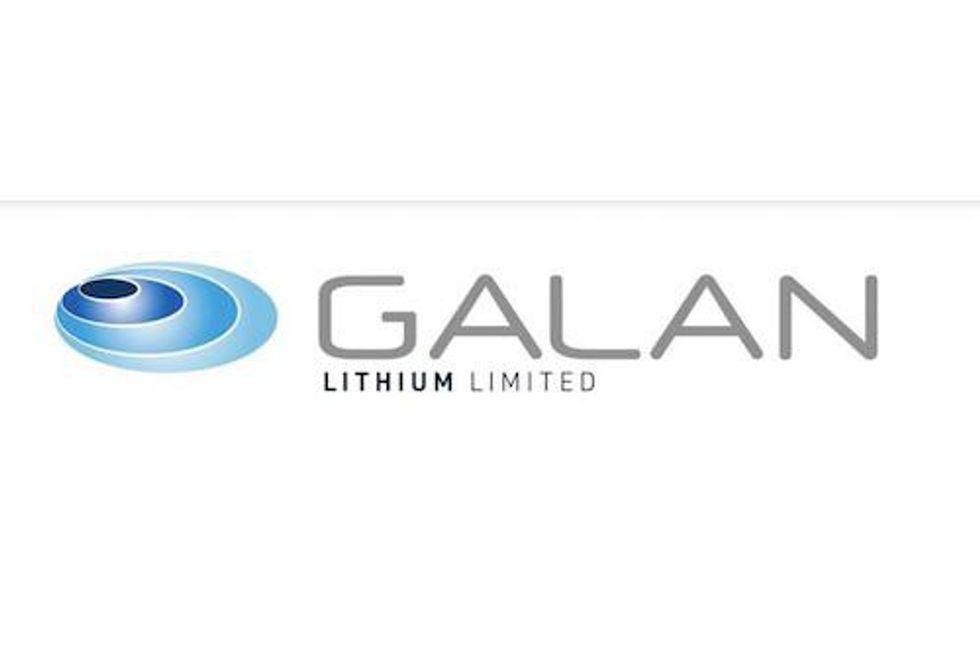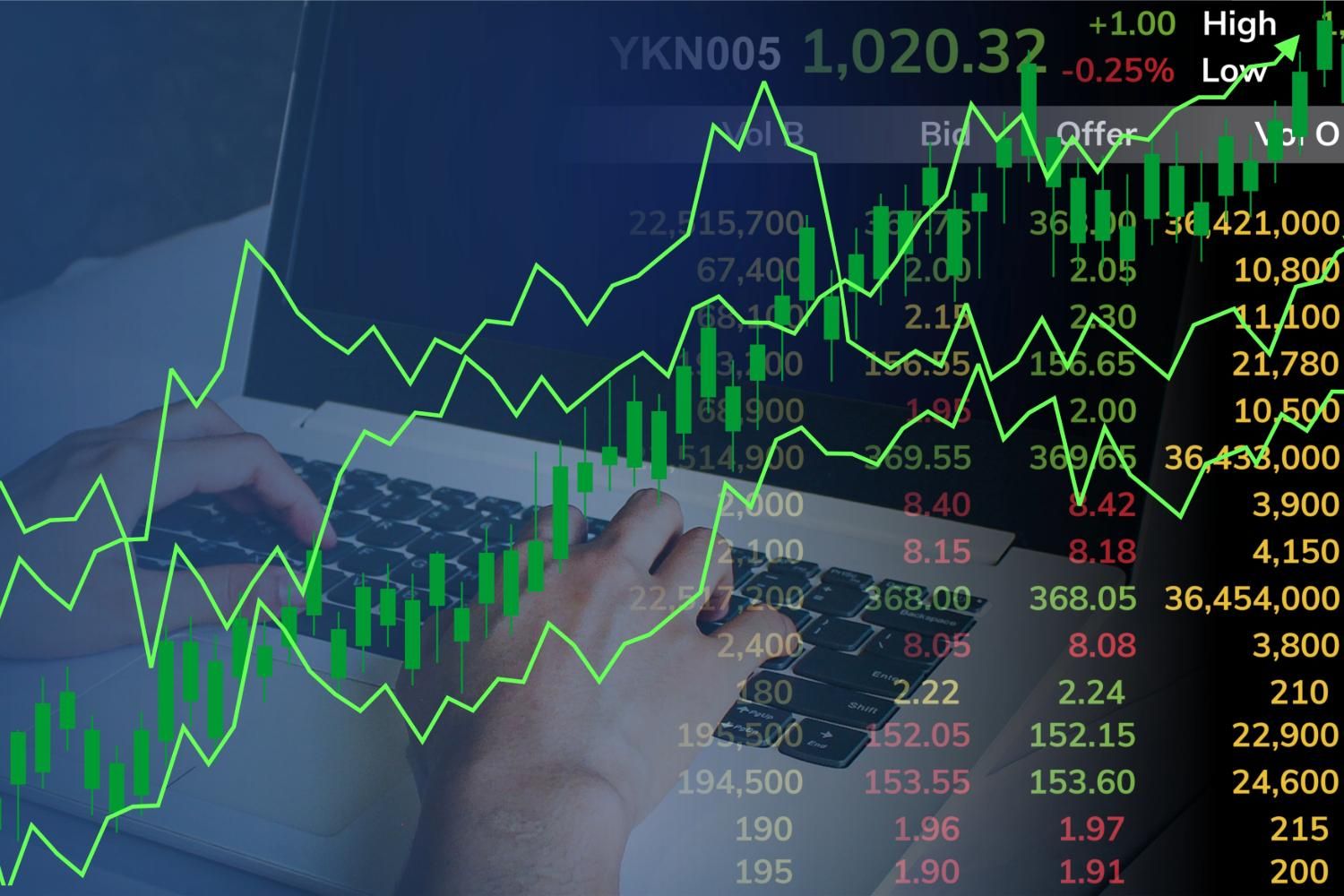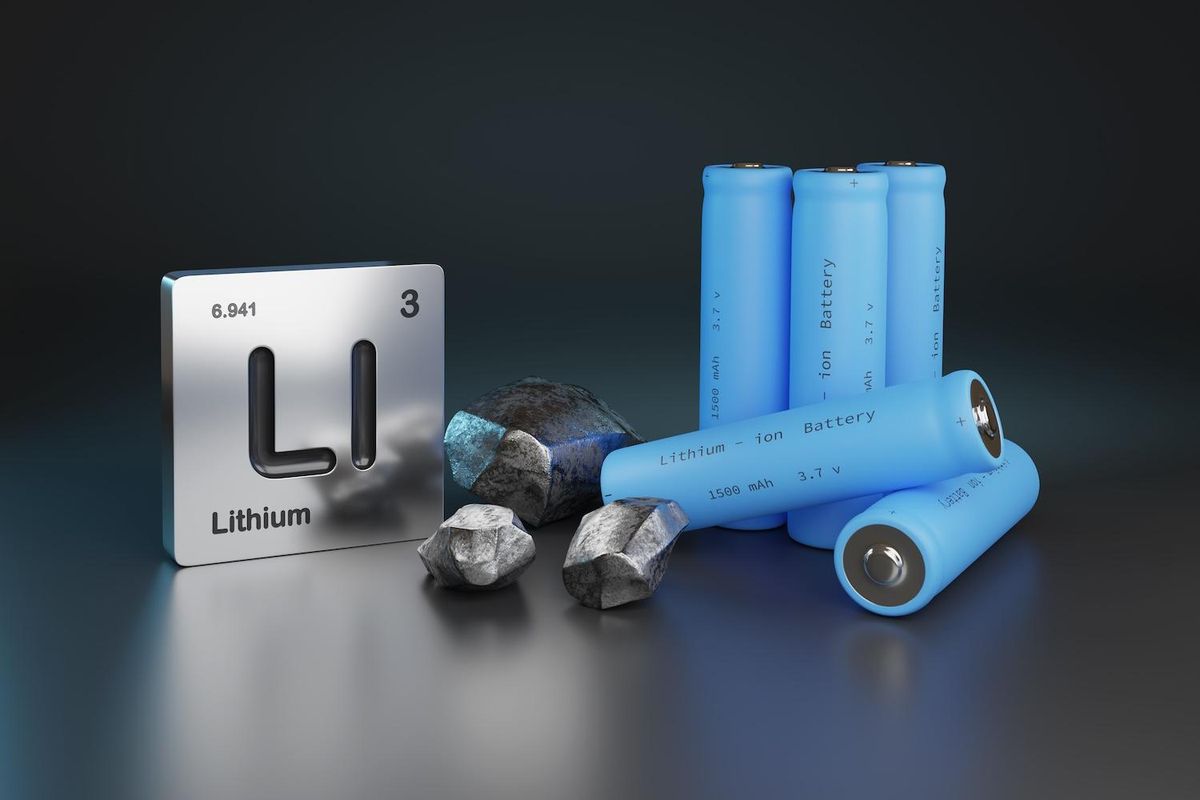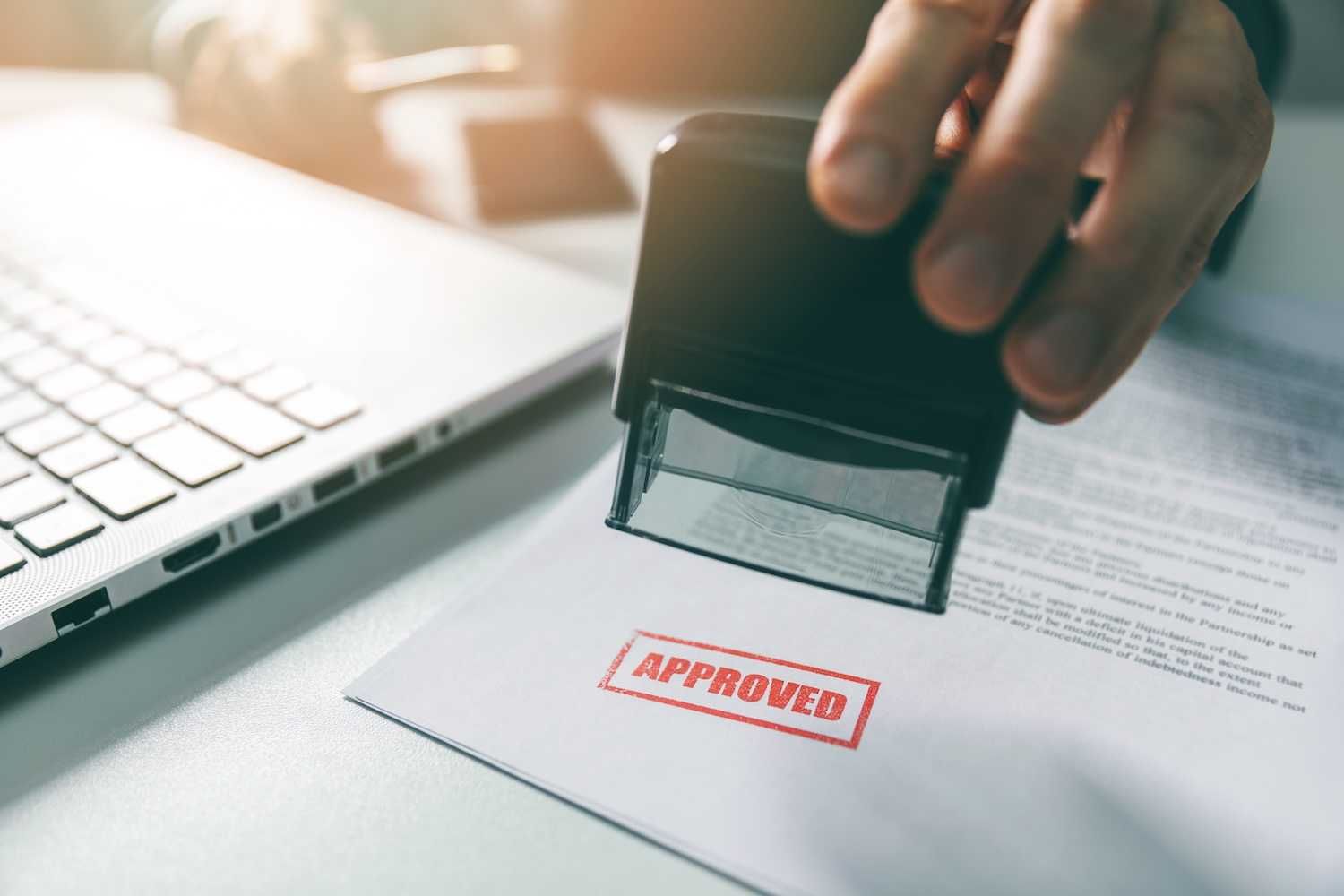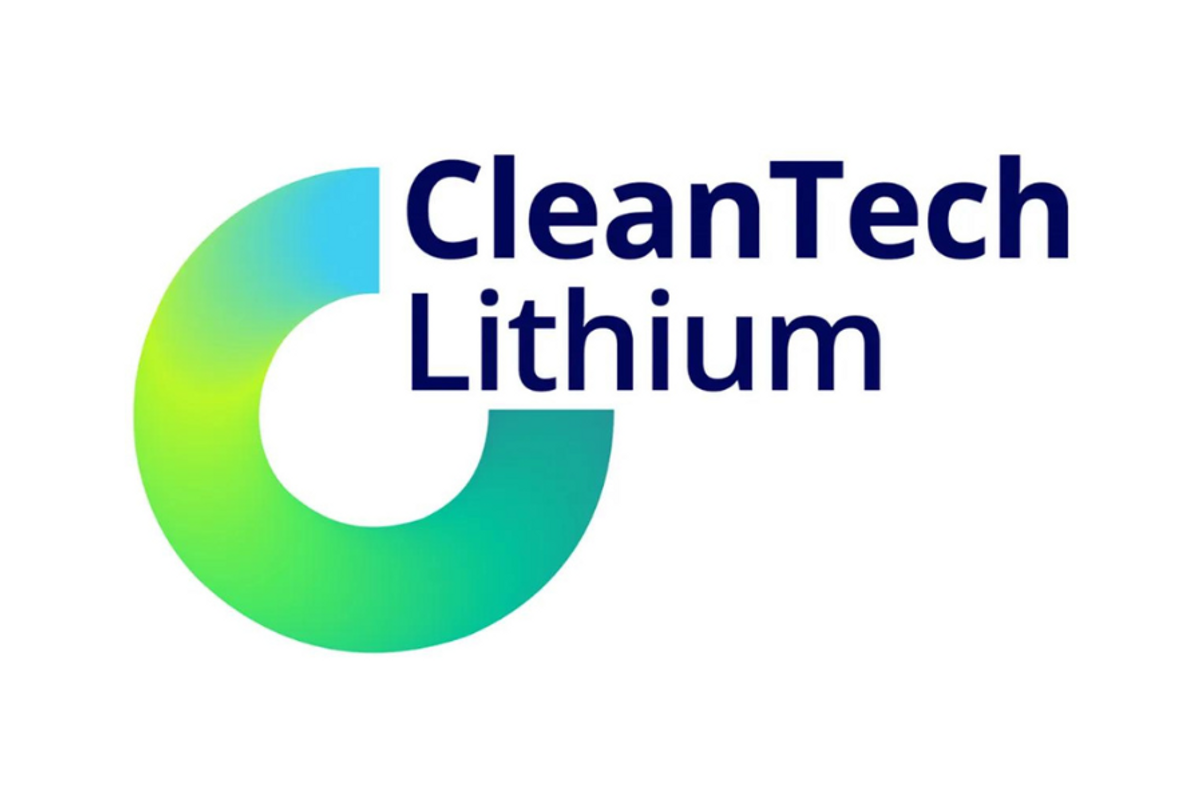
May 17, 2021
Highlights:
- Galan to commence foundation works for Hombre Muerto West (HMW) project to accelerate commencement of Feasibility Studies
- SRK Consulting (Australia) to commence resource to reserves work
- WPS Group (their team includes ex SQM hydrogeologist) appointed to support hydrogeological model at HMW
- Ad-Infinitum preparation work has commenced on the Feasibility Study for the design of the lithium carbonate plant and a revised design of the evaporation ponds system
- Commencement of aerial topography survey and design early works imminent
- Greenbushes South JV field work commenced
Galan Lithium Limited (ASX: GLN) (Galan or the Company) is pleased to announce that it has commenced early foundation works for its feasibility study at its flagship Hombre Muerto West (HMW) project located in the South American Lithium Triangle in Catamarca, Argentina. It has also kicked off fieldwork associated with the Greenbushes South JV (GLN 80%- LIT 20%).
Galan’s Managing Director Juan Pablo (JP) Vargas de la Vega said: “It is all hands-on deck for the essential preparation of further geological data required to perform the Feasibility Studies for the Hombre Muerto West Project. Our commitment remains focused on getting HMW online as soon as possible. The work being undertaken by our consulting team of specialists will further strengthen the project by optimising our methods and increasing the confidence in our results to date.
Initial geological fieldwork has also commenced at the Greenbushes South JV project. I am currently on the ground supporting Galan’s team over the next week or so to expedite the field exploration work.”
Resource to Reserves
The Company has recently appointed WSP Consulting Chile (WSP) and SRK Consulting (Australia) Pty Ltd (SRK) in respect of transforming the huge HMW resource into reserves, the main foundation for its feasibility study.
WSP will provide support and design work, including production wells, for different aspects related to the hydrogeology of the HMW tenements located in the Hombre Muerto Salar Basin. WSP’s team includes two former SQM employees who have a long history working with lithium brines.
SRK, in association with WSP, will review the current resource estimate and then undertake reserve conversion work for the HMW project.
Drilling at HMW fill follow up soon after the design and location of the well is confirmed. Galan is in advanced discussion with drilling companies to execute the programme.
Other Works
The following early works items have started or are due to start:
- Aerial survey to supply the topography data required at Feasibility Study level quality;
- Design of the mass balance for the brine concentrate with 6% of Li plus design of the pilot plant;
- Process design and mass balance of lithium plant for 6% of Li but also considering a lower Li content for selecting the optimum lithium plant design; and
- Upgrade the design of the pond system for up to 25.000 tpa of LCE with potential production including two stages, to be assessed
Preparation works for the FS have already commenced with the engagement of Ad-Infinitum for creating the design of the pilot plant and a specialised topography and ponds designing consultants for the preparation of a revised design of the evaporation ponds system, which should include the most favourable terrain at Rana de Sal and Del Condor mining tenements.
In parallel, discussions with engineering firms for the resolution of the final engineering assignment of the FS have been conducted and are well advanced.
Greenbushes South JV
Work at the Greenbushes South JV had commenced. The Galan team has been granted initial private access to parts of the relevant geological areas of interest to proceed with field work that includes soil and rock chip sampling as well as mapping. Desktop geological work is also planned in the near future on the recently granted E70/4777 tenement ~25km north of the Greenbushes mine. Another JV tenement, E70/5680, was also recently granted.
The Greenbushes South JV is an unincorporated joint venture between Galan and Lithium Australia NL (ASX:LIT).
The Galan Board has authorised this release.
For further information contact:
Juan Pablo (“JP”) Vargas de la Vega Terry Gardiner
Managing Director Non-Executive Director
Email: jp@galanlithium.com.au Email: TGardiner@galanlithium.com.au
Tel: +61 8 9322 6283 Tel: + 61 400900377
About Galan
Galan is an ASX listed company exploring for lithium brines within South America’s Lithium Triangle on the Hombre Muerto salar in Argentina. Hombre Muerto is proven to host the highest grade and lowest impurity levels within Argentina and is home to Livent Corporation’s El Fenix operation and Galaxy Resources and POSCO’s Sal de Vida projects.
Galan has three projects:
Candelas: a ~15km long by 3-5km wide valley filled channel which project geophysics and drilling have indicated the potential to host a substantial volume of brine and over which a maiden resource estimated 685kt LCE (Oct 2019). Furthermore, Candelas has the potential to provide a substantial amount of processing water by treating its low-grade brines with reverse osmosis, this is without using surface river water from Los Patos River.
Hombre Muerto West (HMW): a ~14km by 1-5km region on the west coast of Hombre Muerto salar neighbouring Livent Corp to the east. HMW is currently comprised of seven concessions – Pata Pila, Rana de Sal, Deceo III, Del Condor, Pucara, Catalina and Santa Barbara. Geophysics and drilling at HMW demonstrated a significant potential of a deep basin. In March 2020, a maiden resource estimate delivered 1.1Mt of LCE for two of the largest concessions (Pata Pila and Rana de Sal). That resource now sits at 2.3Mt of LCE with exploration upside remaining for the rest of the HMW concessions not included in the current indicated resource.
Greenbushes South Lithium Project: Galan has an Exploration Licence application (E70/4629) covering a total area of approximately 43 km2. It is approximately 15kms to the south of the Greenbushes mine. In January 2021, Galan entered into a sale and joint venture with Lithium Australia NL (ASX:LIT) for an 80% interest in the Greenbushes South Lithium project, which is located 200 km south of Perth, the capital of Western Australia. With an area of 353 km2, the project was originally acquired by Lithium Australia NL due to its proximity to the Greenbushes Lithium Mine (‘Greenbushes’), given that the project covers the southern strike projection of the geological structure that hosts Greenbushes. The project area commences about 3km south of the current Greenbushes open pit mining operations.
The Conversation (0)
20 April
Galan Lithium
Developing high-grade lithium brine projects in Argentina
Developing high-grade lithium brine projects in Argentina Keep Reading...
9h
Top 5 Canadian Mining Stocks This Week: Sigma Lithium Flips the Switch with 64 Percent Gain
Welcome to the Investing News Network's weekly look at the best-performing Canadian mining stocks on the TSX, TSXV and CSE, starting with a round-up of Canadian and US news impacting the resource sector.Statistics Canada released October’s consumer price index (CPI) data on Monday (November 17).... Keep Reading...
18 November
Ganfeng Chairman’s Forecast Sparks Lithium Price Surge in China
China’s lithium market strengthened sharply on Monday (November 17) after Ganfeng Lithium (OTC Pink:GNENF,HKEX:1772) Chairman Li Liangbin said at a domestic industry conference that demand for the key battery metal could grow by as much as 40 percent in 2026.The most-traded lithium carbonate... Keep Reading...
17 November
Ontario Lithium Project Development Update
Green Technology Metals(GT1:AU) has announced Ontario Lithium Project Development UpdateDownload the PDF here. Keep Reading...
17 November
Mineral Resources and POSCO Pen Lithium Joint Venture
Mineral Resources (ASX:MIN,OTCQB:MALRF) and Korean steel producer POSCO Holdings (NYSE:PKX,KRX:005490) have executed a binding agreement, creating a lithium joint venture.According to the release, the new entity will hold 50 percent of Mineral Resources’ existing ownership in the Wodgina and Mt... Keep Reading...
11 November
China Grants Conditional Approval to Codelco-SQM Lithium Joint Venture
Chile’s state-owned copper giant Corporación Nacional del Cobre de Chile (Codelco) and local lithium producer Sociedad Quimica y Minera (SQM) (NYSE:SQM) have cleared the final major hurdle for a long-planned partnership after China’s antitrust regulator granted conditional approval to the... Keep Reading...
Latest Press Releases
Related News
TOP STOCKS
American Battery4.030.24
Aion Therapeutic0.10-0.01
Cybin Corp2.140.00
